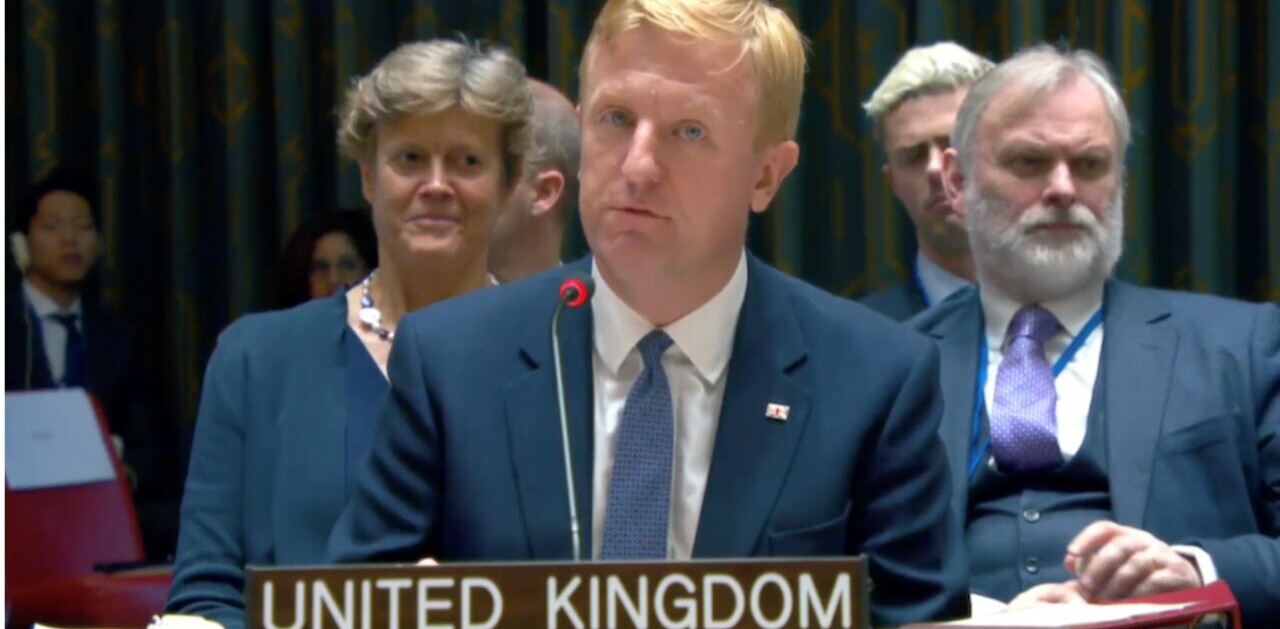
A team of researchers in Europe have successfully created a two-state system using time crystals.
The correct response to reading that is: eureka! We would have also accepted “wow,” “OMG,” and “hooray,” given the potential implications of this incredible breakthrough.
Up front: Time crystals are a recently discovered phase of matter. In their ground state, they oscillate between different configurations without losing or using energy.
(Read more about how time crystals work here: Google’s ‘time crystals’ could be the greatest scientific achievement of our lifetimes)
A team of physicists led by Lancaster University’s Samuli Autti managed to couple two time crystals together in what’s referred to as a “two-state system,” or a “two-level system.”
As far as we can tell, this is the first time this has ever been done. The exciting thing about this experiment is that it lays the groundwork for quantum computers operating with time crystals as qubits.
Background: Per the team’s peer-reviewed research paper:
In our experiments, two coupled time crystals consisting of spin-wave quasiparticles (magnons) form a macroscopic two-level system. The two levels evolve in time as determined intrinsically by a nonlinear feedback, allowing us to construct spontaneous two-level dynamics.
The paper goes on to state that, in the superfluid system they used for their experiment, “the observable time crystal life time can be extended up to a thousand seconds.”
This seemingly props this work up as the likely foundation and blueprint for a quantum coherent system built out of time crystals.
The reasons why we’re so excited about this are threefold:
- One of quantum computing’s toughest challenges is maintaining coherency
- Time crystals can, experimentally, be created at room temperature
- This the closest thing to a free lunch we’ve seen in quantum physics
What’s a free lunch? You’re not supposed to talk about perpetual motion machines when discussing physics papers because you’ll invoke the wrath of the purists who think they aren’t possible.
A perpetual motion machine is something that, theoretically, could produce energy without consuming any. As far as we know, this doesn’t exist. But, if it did, it would defy the laws of classical physics. And, it would also eliminate the need for “fuel” or external power requirements.
If we could build a perpetual motion machine, it’s possible we could use it to power our world for free.
The Lancaster team’s work touches on the idea of a free lunch (perpetual motion machine) because time crystals, linked together, can function as an extremely low-power qubit.
Lead author Autti described the concept in an interview with ScienceAlert’s Michelle Starr:
Everybody knows that perpetual motion machines are impossible. However, in quantum physics perpetual motion is okay as long as we keep our eyes closed. By sneaking through this crack we can make time crystals.
By “keep our eyes closed,” we assume Autti’s referring to the fact that time crystals, like nearly everything in the quantum world, can’t really be directly observed.
Regardless, a free lunch sure would be something to see. And this research potentially brings us closer than we’ve ever been to it.
Quick take: The last time I was this excited over a quantum computing paper was when the existence of time crystals was confirmed. I think this research could be among the most important technological advances of our lifetimes — potentially in all of history.
The promise of quantum computing at future-scale underwrites nearly every theoretical technology we aspire to one day create. Teleportation machines, warp drives, cold fusion, extended human lives, planet-scale terraforming, Dyson Spheres, and countless other fantasy-fodder staples could go from science fiction to actuation if we build sufficiently capable quantum computing systems.
Who knows? Maybe one day a team of researchers will figure out how to harness the power of time crystals with nothing but a tiny, one-time pulse of energy — not quite lunch, but maybe the universe’s version of a free bread basket.
You can read the whole exciting research paper here on Nature.
Get the TNW newsletter
Get the most important tech news in your inbox each week.




